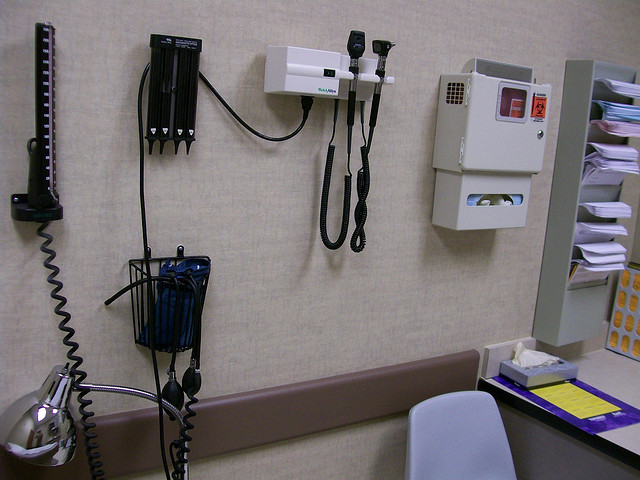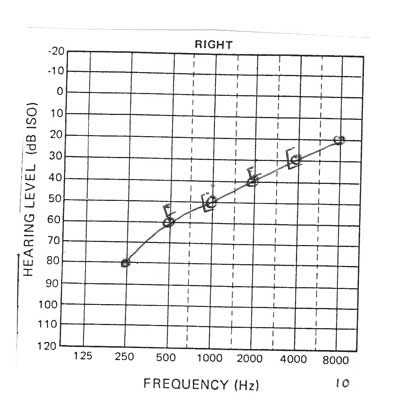If the unfamiliar creates anxiety, then a trip to the hearing specialist is particularly nerve-racking. While the majority of us have experience with the family doctor and the town dentist, the visit to the hearing specialist could be a first.
It certainly would be nice to have someone teach you the process upfront, wouldn’t it? Well, continue reading, because as you’ll find out, the process of getting your hearing examined is almost always easy, comfortable, and pain-free — with portions that can actually be fun.
So here’s how it will go:
After you arrive at the office, you will check in with an employee at the front desk who will hand you some forms to complete. Shortly after finishing the forms, a hearing specialist will accompany you into a room to get started on the hearing examination, which consists of four parts:
Part 1: Case History

The hearing specialist starts the process by getting to know you, your medical history, and your hearing loss symptoms. Getting ready for this step is crucial, because this is where you get to tell the hearing specialist the details of your hearing loss, what you will be expecting from treatment, and your unique hearing needs.
This portion is all about you: what do you want to achieve with enhanced hearing? Do you want to play a music instrument again? Do you want to be more engaged in work meetings? Do you desire to be more active at social gatherings? The more you can describe to your hearing specialist the better.
Next comes the testing.
Part 2: Otoscopy
The initial diagnostic test to be performed is referred to as an otoscopy. An otoscope is used to visually explore the ear canal and eardrum to identify if your hearing loss is linked with infections, earwax buildup, or obstructions. If the source of your hearing loss is something as basic as earwax buildup, you could potentially start hearing better within moments simply from expert earwax removal.
Part 3: Tympanometry
The second test is referred to as tympanometry, used to test the eardrum and middle ear. An instrument is placed into the ear that will modify the air pressure, measuring how your ear responds to different pressures.
To understand this test, you have to first understand that hearing loss is categorized into one of two general groups:
- Sensorineural hearing loss — this is the most prevalent hearing loss. It is also described as noise-induced hearing loss and it involves damage of the nerve cells of hearing.
- Conductive hearing loss — this hearing loss results from clogging or obstructions that limit sound transmission before the sound gets to the nerves of hearing.
Tympanometry is a test that can help to rule out conductive hearing loss, to ensure that there are no blockages, infections, or middle-ear-bone problems. Conversely, Audiometry, which is reviewed next, will quantify sensorineural hearing loss.
Part 4: Audiometry

The last group of tests will be performed in a soundproof room. These tests are collectively referred to as audiometry and will quantify your hearing range and sensitivity. Audiometry is the best technique to measure sensorineural hearing loss.
With the use of an audiometer, the hearing specialist will be prepared to determine:
- Which frequencies you can hear comfortably and which you have a difficult time with.
- The minimum decibel levels, at various frequencies, at which you perceive sound.
- The precise calculations correlated with your hearing loss (as recorded on an audiogram).
- Your ability to comprehend speech, with or without background noise.
The test on its own, from your perspective, will be comfortable and uncomplicated. You will be presented with sounds and speech through headphones and will be instructed to specify when you can hear the sounds by pressing a control or lifting your hand.
Assessing results and planning treatment
Shortly after the testing is finished, your hearing specialist will assess your results with you. If your hearing loss will require medical or surgical treatment (due to infections or middle-ear-bone problems, for instance), your hearing specialist can make the appropriate referral.
If your hearing loss can benefit from assistive listening devices or hearing aids, your hearing specialist will collaborate with you to decide on the best option for you, your budget, your lifestyle, and your aesthetic concerns.
Pretty easy for a lifetime of better hearing, isn’t it?
